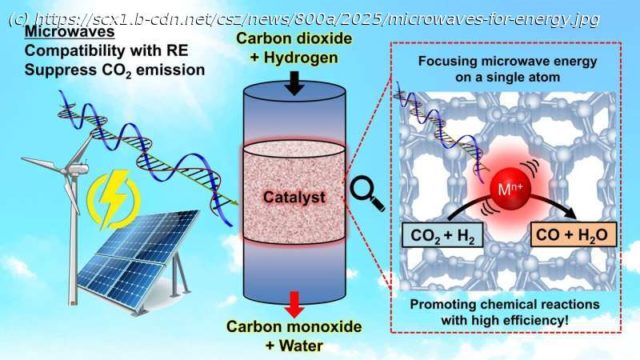Some industrial processes used to create useful chemicals require heat, but heating methods are often inefficient, partly because they heat a greater volume of space than they really need to. Researchers, including those from the University of Tokyo, devised a way to limit heating to the specific areas required in such situations. Their technique uses microwaves, not unlike those used in home microwave ovens, to excite specific elements dispersed in the materials to be heated. Their system proved to be around 4.5 times more efficient than current methods.
Some industrial processes used to create useful chemicals require heat, but heating methods are often inefficient, partly because they heat a greater volume of space than they really need to. Researchers, including those from the University of Tokyo, devised a way to limit heating to the specific areas required in such situations. Their technique uses microwaves, not unlike those used in home microwave ovens, to excite specific elements dispersed in the materials to be heated. Their system proved to be around 4.5 times more efficient than current methods.
While there’s more to climate change than power generation and carbon dioxide (CO2), reducing the need for the former and the output of the latter are critical matters that science and engineering strive to tackle. Under the broad banner of green transformation, Lecturer Fuminao Kishimoto from the Department of Chemical System Engineering at the University of Tokyo and his team explore ways to improve things like industrial processes. Their latest development could impact on some industries involved in chemical synthesis and may have some other positive offshoots. And their underlying idea is relatively straightforward.
„In most cases, chemical reactions occur only at very small, localized regions involving just a few atoms or molecules.






